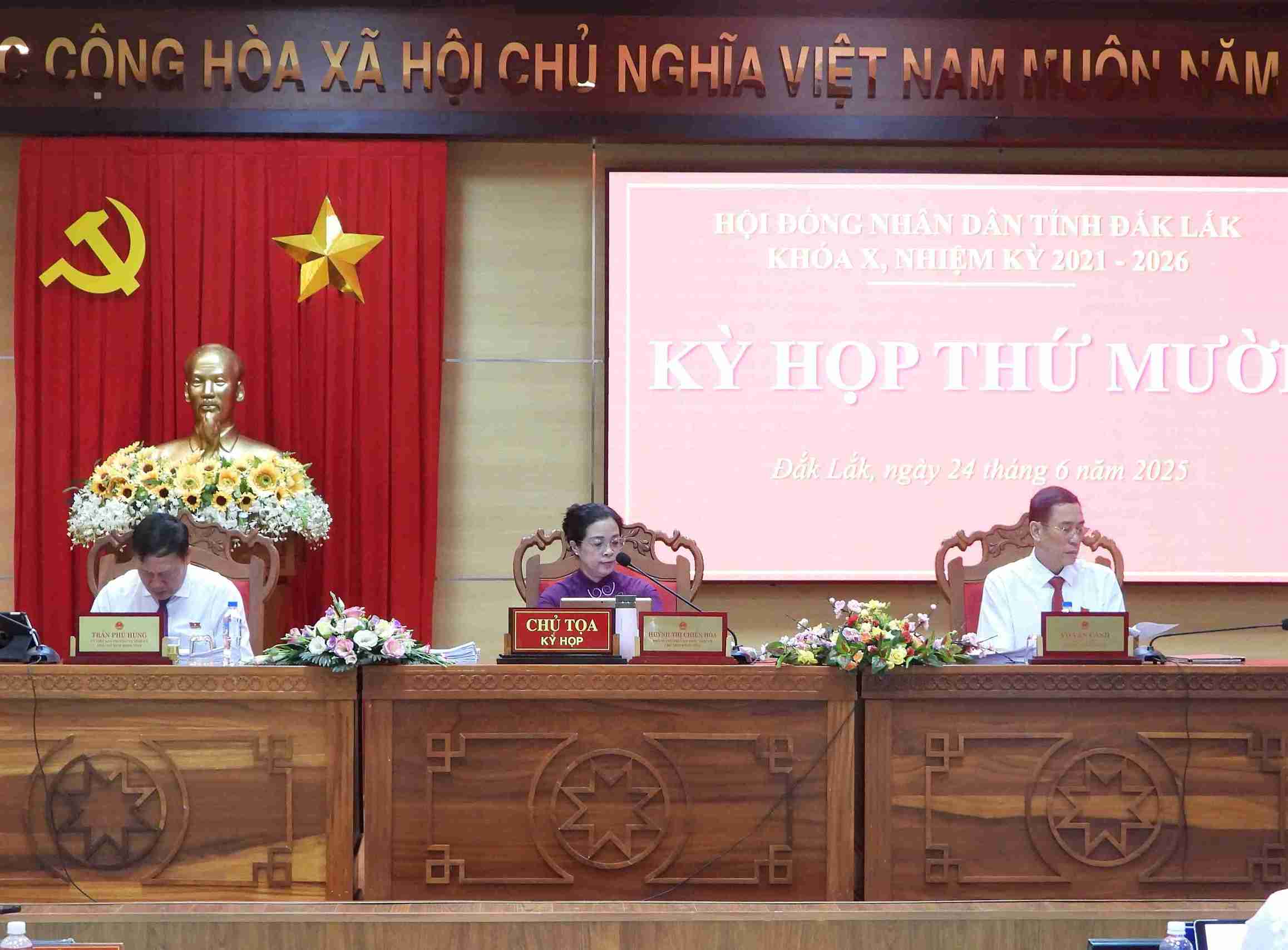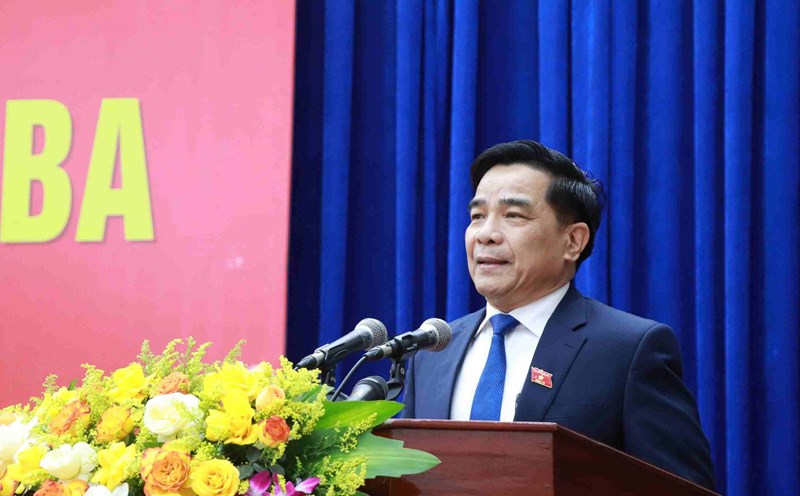On the morning of June 24, the Dak Lak Provincial People's Council, term X, 2021 - 2026, opened its 10th Session to review and decide on many contents under its authority, before the two-level local government comes into operation from July 1, 2025.
The delegates studied and gave comments on the contents submitted to the meeting, ensuring that the contents voted for in accordance with the provisions of law. Thereby, promptly meeting the tasks of socio-economic development and ensuring national defense and security, building the political system.

Since the beginning of the year, Dak Lak province has implemented synchronously, comprehensively and effectively the Resolutions of the Party Central Committee, the direction of the Politburo and the Secretariat on the arrangement of administrative units, the organization of a 2-level local government model, and the streamlining of the apparatus.
In addition, the province focuses on directing the removal of development bottlenecks, thoroughly handling large, complicated and prolonged complaints.
At this session, the Provincial People's Council will consider and approve reports on the implementation of socio-economic development tasks in the first 6 months of the year, direction of tasks in the last 6 months of the year; 17 draft resolutions related to the fields of economy, society, finance, public investment, national target programs, support policies; results of thematic supervision in 2025 and many other important contents.

Ms. Huynh Thi Chien Hoa - Standing Deputy Secretary of the Provincial Party Committee, Chairman of the Dak Lak Provincial People's Council emphasized: "At this session, delegates need to focus on fully and realistically assessing the difficulties, obstacles, and remaining bottlenecks. At the same time, propose feasible and effective solutions to successfully complete the tasks in the context of the new Dak Lak province and the local government at both levels about to operate".
According to Ms. Hoa, this is a period with greater development space, resources and opportunities, but at the same time, it also raises high requirements for the organization of the apparatus, operation methods and quality of service to the people.











